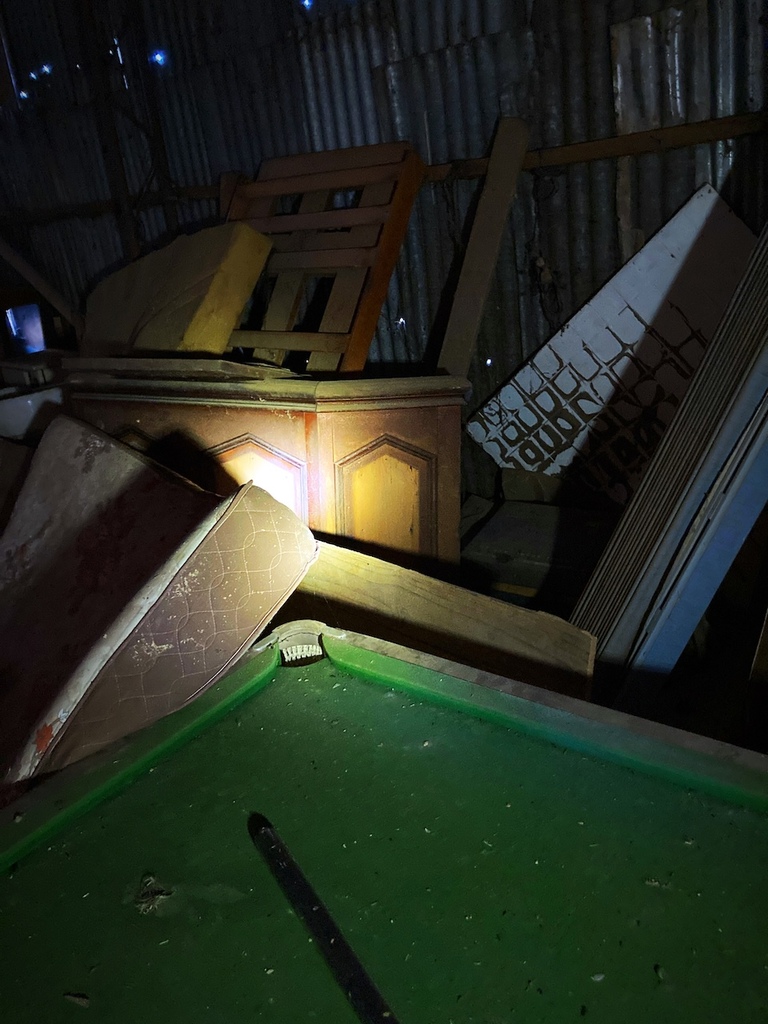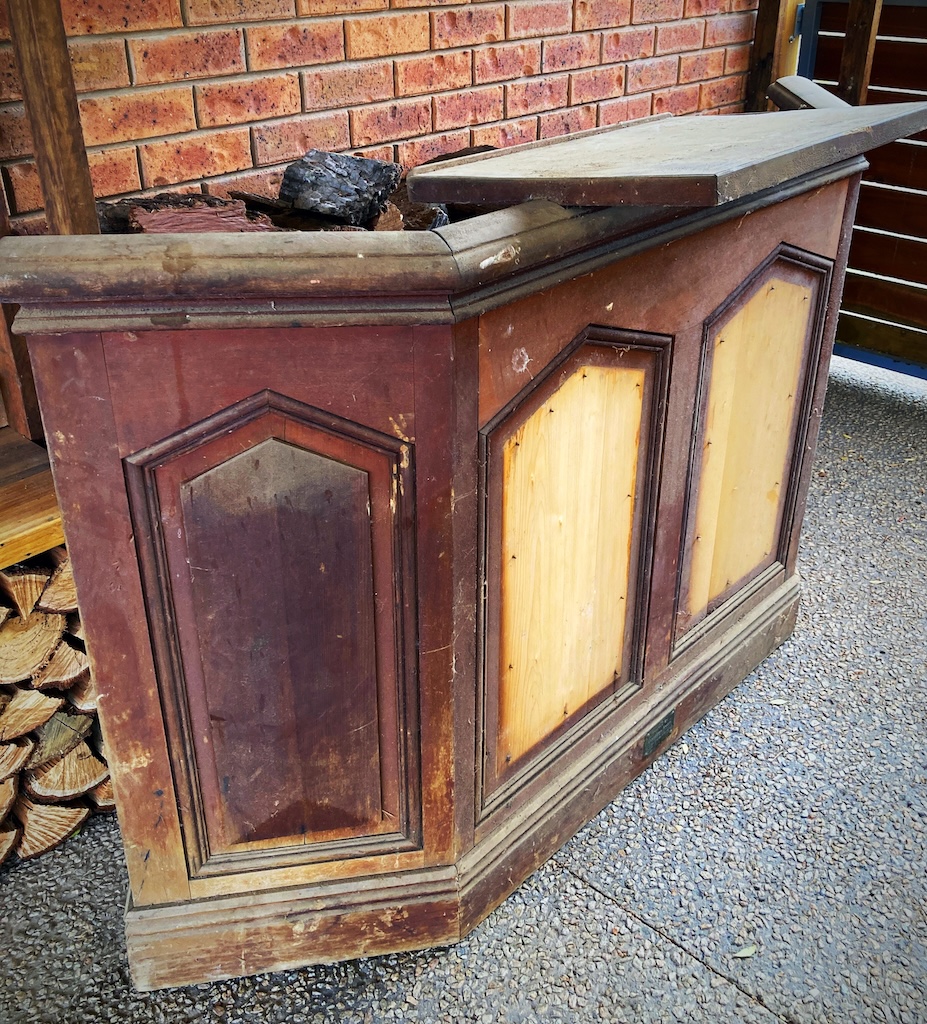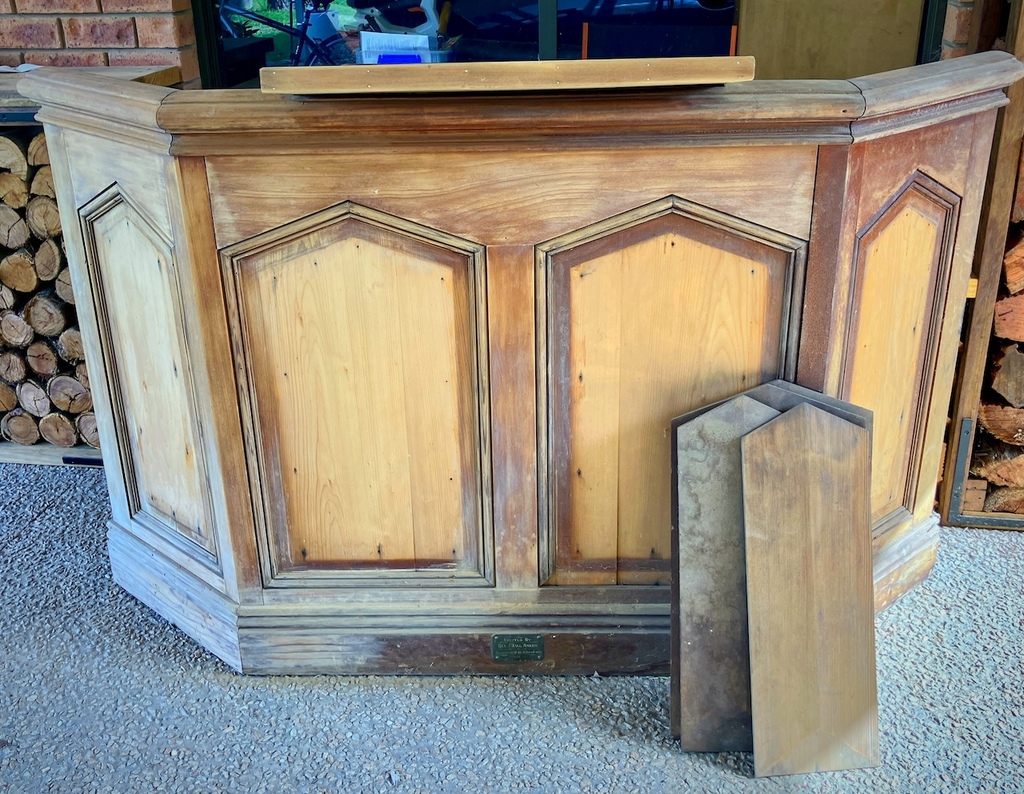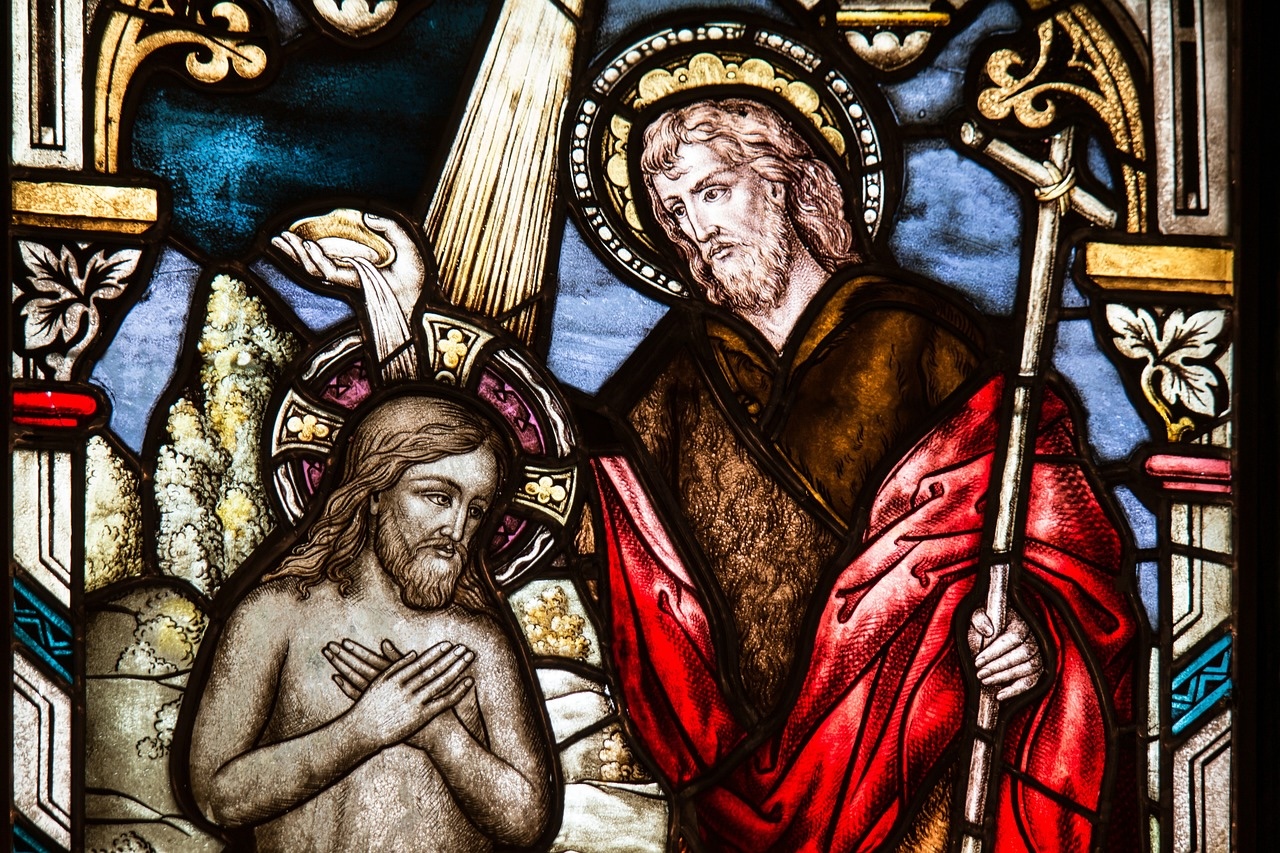If there’s ever an unexpected visitor, it’s almost guaranteed I’ll be in the shower. So, on that particular Saturday morning, as the hot water cascaded down, I glimpsed through the foggy window a blue Nissan SUV, unfamiliar and out of place, pulling up. An elderly lady stepped out, and despite my shouts of “hello” from…
22/08/2024
A Surprise Visitor With A Hidden Gem
If there’s ever an unexpected visitor, it’s almost guaranteed I’ll be in the shower. So, on that particular Saturday morning, as the hot water cascaded down, I glimpsed through the foggy window a blue Nissan SUV, unfamiliar and out of place, pulling up. An elderly lady stepped out, and despite my shouts of “hello” from the steamy confines, she didn’t hear me and made her way toward the back door.
The Mystery Unfolds
I jumped out of the shower, hastily pulling a bath sheet around me. But alas, I was too slow to reach her before she drove away, and I was left scratching my head. The following Monday morning, as I reflected on the weekend’s events, I mentioned the mysterious visitor to Pete, the clever fellow who is helping me to restore the old St Clement’s church, here in Eurobin. He listened with interest but could shed no light.
The mystery was soon solved when my persistent visitor returned while I was out and spoke to Pete. She introduced herself and explained how delighted she was to see St. Clement’s Church being restored, having attended it in her youth. She had a pulpit she wanted to donate – it had originally come, not from St Clement’s, rather, the Presbyterian church which once existed in Eurobin! She left her details and finally I was able to make contact.
A Stroke Of Serendipity
This situation immediately felt like a stroke of kismet. For months, I had been scouring Facebook Marketplace and eBay for a pulpit for my church. A few options had surfaced, but they were either far out of my price range, located too far away – or both. The latest one that caught my eye was in Warrnambool, a mere six-hour drive from my place. I briefly considered an overnight trip to collect it but quickly abandoned the idea when I pictured myself struggling to reverse a trailer. So, when a pulpit practically found its way to me, complete with its own connection to Eurobin’s history, it seemed serendipitous, to say the least.
Meeting The Matriarch Of Eurobin
The lady turned out to be Win Mapley, the matriarch of one of the most established families in the Eurobin area. Meeting and chatting with her on her vast and stunning property was an absolute pleasure. The view from her kitchen window was the very definition of a ‘million dollar view’ – I think I actually gasped at the beauty of the endless rolling hills and valleys. Witty and friendly, Win captivated me with stories from the past, especially about her friendship with Josie – the very woman who had created the garden I now have the joy of caring for.
Discovering The Hidden Pulpit
As we chatted, she shared a remarkable story that would change the course of my search. Win then drove us to a large, ageing, corrugated iron shed some distance from the house. Though small in stature, she easily slid the heavy, creaky door open. With no windows or light sources, we used our phone torches to navigate. The shed was crammed with old furniture, wood, machinery, and assorted items, making our torches essential to avoid tripping. But despite the clutter, Win knew exactly where to find the pulpit! Like a mountain goat, she expertly picked her way over obstacles and pointed it out to me.

The pulpit was difficult to fully make out in its current position, but I had a strong sense that with some TLC, it could become something truly special. I was thrilled at the thought of giving it a new, perfectly fitting home in my little church after all these years.
The Pulpit’s Connection To Eurobin’s Past
Win shared that her late husband had been involved in the removal of the Presbyterian Church in Eurobin many years ago. She couldn’t recall exactly when it happened, or why, but that was how she came into possession of the pulpit. There is now no physical trace of the Presbyterian church, and information about it is scarce. I spent hours scouring the internet, uncovering only bits and pieces.
Made of wood, the church (I now believe it was called St John’s Presbyterian Church) was apparently located directly opposite the Eurobin train station and celebrated its opening on Sunday, 17th April, 1910 – just five weeks after St. Clement’s opened on 11th March, 1910. It is fascinating to think that the two little churches were likely being constructed at the same time! One can only imagine the (hopefully friendly) rivalry that might have played out as they raced to open first.
I came across a few small articles mentioning events held there, some unfortunate vandalism to its garden, and that it was repainted in 1918. However, I couldn’t find the year it closed, or when it was demolished…
Bringing The Pulpit Home
A few days later, with the capable help of our menfolk, the pulpit was carefully extricated from its long-held spot in the shed and transported by trailer to its new (temporary) home – safely nestled on the sheltered patio at my place.

A Personal Connection Revealed
I was excited to see that at the base of the pulpit there was a small, gold coloured plaque which read as follows:

This discovery truly personalised the pulpit for me, and I quickly looked up Reverend Hall Angus online. This time, I was immediately rewarded with a photograph – not just of the Reverend himself, but one of him alongside his late wife! I have come to think of moments like these as a “history high” – when history comes to life in such a tangible way, it gives me a genuine thrill.
The Reverend John Hall Angus with his wife
Matilda Hall Angus (circa 1895)
(Photograph courtesy of State Library of South Australia)
Digging Into Eurobin’s History
In my downtime during the evenings, I have been digging into Eurobin’s history. The arrival of the pulpit pushed the Presbyterian Church to the top of my research list, along with Reverend Hall Angus and his wife. Despite further efforts, I couldn’t uncover much more about the church. I decided to reach out to the Presbyterian Church of Victoria archives in Melbourne, hoping they could shed some light on this now extinct little piece of history.
A History Buzz From The Archives
Just a few days later, I was thrilled to receive a friendly and informative response that gave me a true history buzz. An article from a publication called The Messenger provided not only more details about the church’s opening but also a photograph! The church looked strikingly similar to St. Clement’s – small and Gothic in style. It must have been a welcoming place for its parishioners, much like St. Clement’s, serving as the backdrop for countless human experiences, both joyful and sorrowful. The photograph made it all feel more real somehow.
Grinning from ear to ear, I eagerly began reading the accompanying article. Imagine my surprise and delight when I discovered it mentioned the very pulpit that Win had bequeathed to me! The email from the archives had made it clear that information on this little church was scarce, but finding this detail about the pulpit made it feel like history had come full circle.
A Glimpse Into Reverend Hall Angus’s Life
Reverend John Hall Angus was born on July 24, 1851, in Northumberland, England, and moved to South Australia with his parents at the age of two. Originally trained as a law clerk, he began his journey in the Presbyterian ministry in 1869 and was ordained in 1873. His early postings included Mt. Pleasant, Port Adelaide, and Goodwood in South Australia before he moved to Warragul and Gippsland in Victoria. From August 19, 1896, until July 31, 1910, he served as the minister in Wangaratta, Victoria.
The Legacy Of Reverend Hall Angus And Matilda Menpes
In 1873, Rev. Hall Angus married Matilda Menpes, who was born in Port Adelaide. Matilda, the “beloved wife” referred to on the pulpit, struggled with ill health for many years. The family eventually relocated to Wangaratta, known at the time for its dry, healing air, in hopes of improving her condition. Sadly, she was later diagnosed with debilitating diabetes, which led to blindness and other serious ailments. Despite her health challenges, Matilda remained cheerful and was known as a model hostess, always “filled with intense desire” for the comfort of her guests. Even when she could no longer actively participate in her home and church activities, her attitude remained kind and positive.
After Matilda’s passing, Rev. Hall Angus found love again and married Hermine Brice later in 1910, following his move to Norwood, South Australia. He retired in April 1922 due to ill health after a motor accident and passed away on May 23, 1934, in Prospect, South Australia. He left behind his widow, six surviving children from his first marriage (eight were born, but two died in infancy), 23 grandchildren, and four great-grandchildren. Rev. Hall Angus was remembered as a warm, hearty, genial man, deeply committed to his faith, family and community.
Restoring The Pulpit To Its Former Glory
The pulpit, which needed some restoration, had two decorative wood panels on the front that had come loose, though fortunately, they remained intact and will be reattached. In its glory days, it had been painted a now-unattractive Mission Brown, which hadn’t aged well and hid the beautiful wood grain that deserves to be seen.
The Final Piece Of The Puzzle
As to St John’s Presbyterian Church Eurobin, The Melbourne archives did not have definitive information on its closing, but the following snippet was found in “The Proceedings of the General Assembly of the Presbyterian Church of Victoria”, (1962) under a section titled Sites, Sales and Mortgages:
Eurobin. Sell church building. Proceeds for extensions to Sunday School Hall for Bright/Myrtleford congregation.
In terms of physical records, they located a folder for the Eurobin Presbyterian Church, but it contained very few items:
– Original title deed envelope (No. A34);
– A detail summary card of the title Vol. 3373 Folio 674588 Regd. 20/10/1909 Part of Cr. Allot. 4B, Sec. 31, Parish of Barwidgee (125 links by 200 at corner of two roads)
– A Church Statistical Return for 1963 (form filled out 19 April 1960) which lists Eurobin as an outstation alongside the Myrtleford-Bright Charge in the Presbytery of North East and records the following note against the building specifications “Not in use, may be moved”
The details of the return are as follows:
- Total floor area: 520 sq ft
- Material of walls: Wood
- Materials of roof: Iron
- Height of walls: 12
- Building insured for: £800
- Size of block of land: 50 x 110’ = .13 ac.
- Market value of land: £15
- Debt on property: Nil
As I write this, I’m deeply involved in restoring the pulpit, carefully sanding the wood by hand. This process has given me a newfound appreciation for the people connected to its history so long ago. While I have always enjoyed having a variety of antiques in my home, I have never owned a piece with such a traceable past, so perfectly suited for its purpose. Soon, this pulpit will once again serve as a focal point, this time in the beautifully restored and only surviving Eurobin church – St. Clement’s, where it now truly belongs.




Comments +